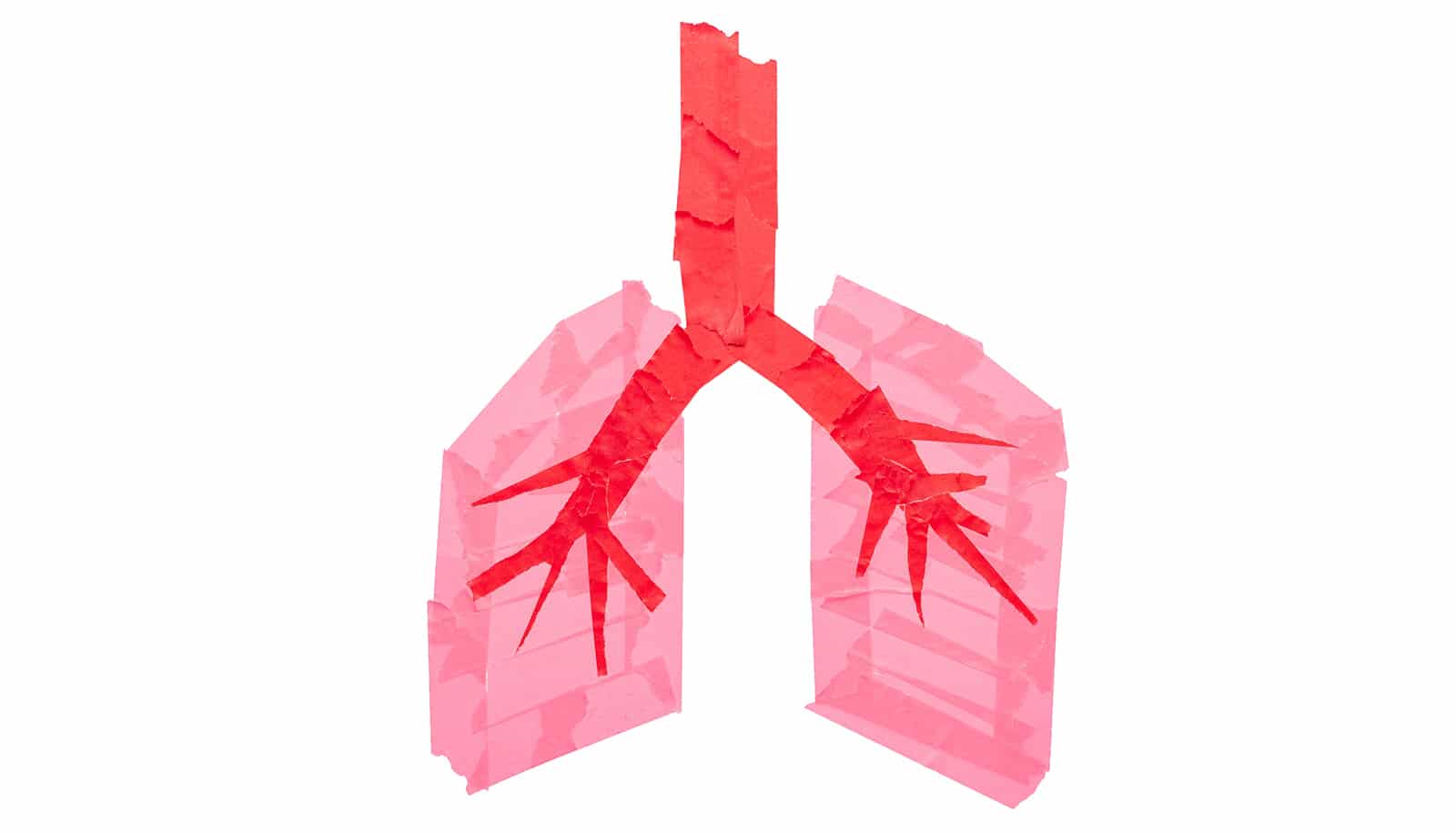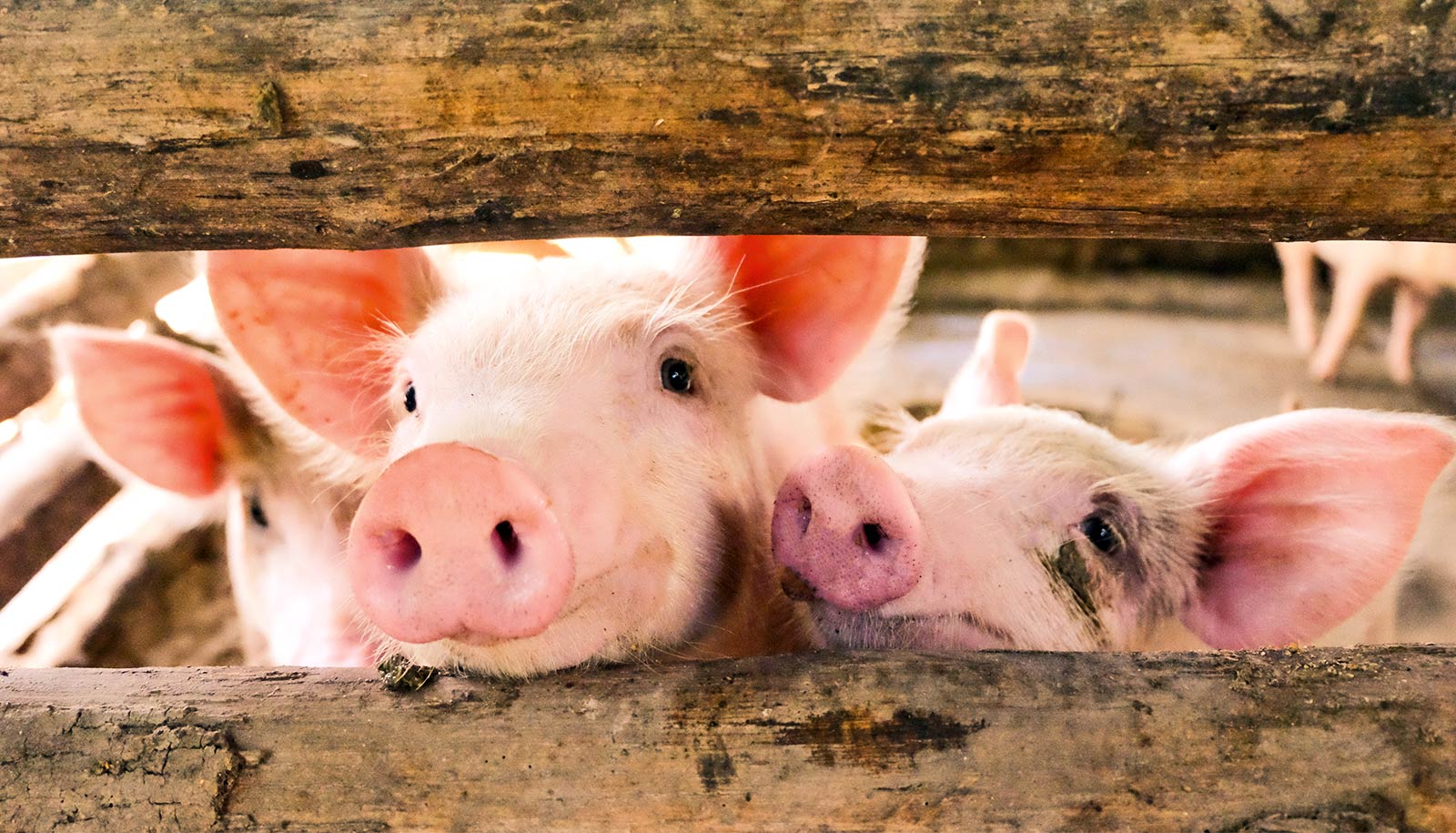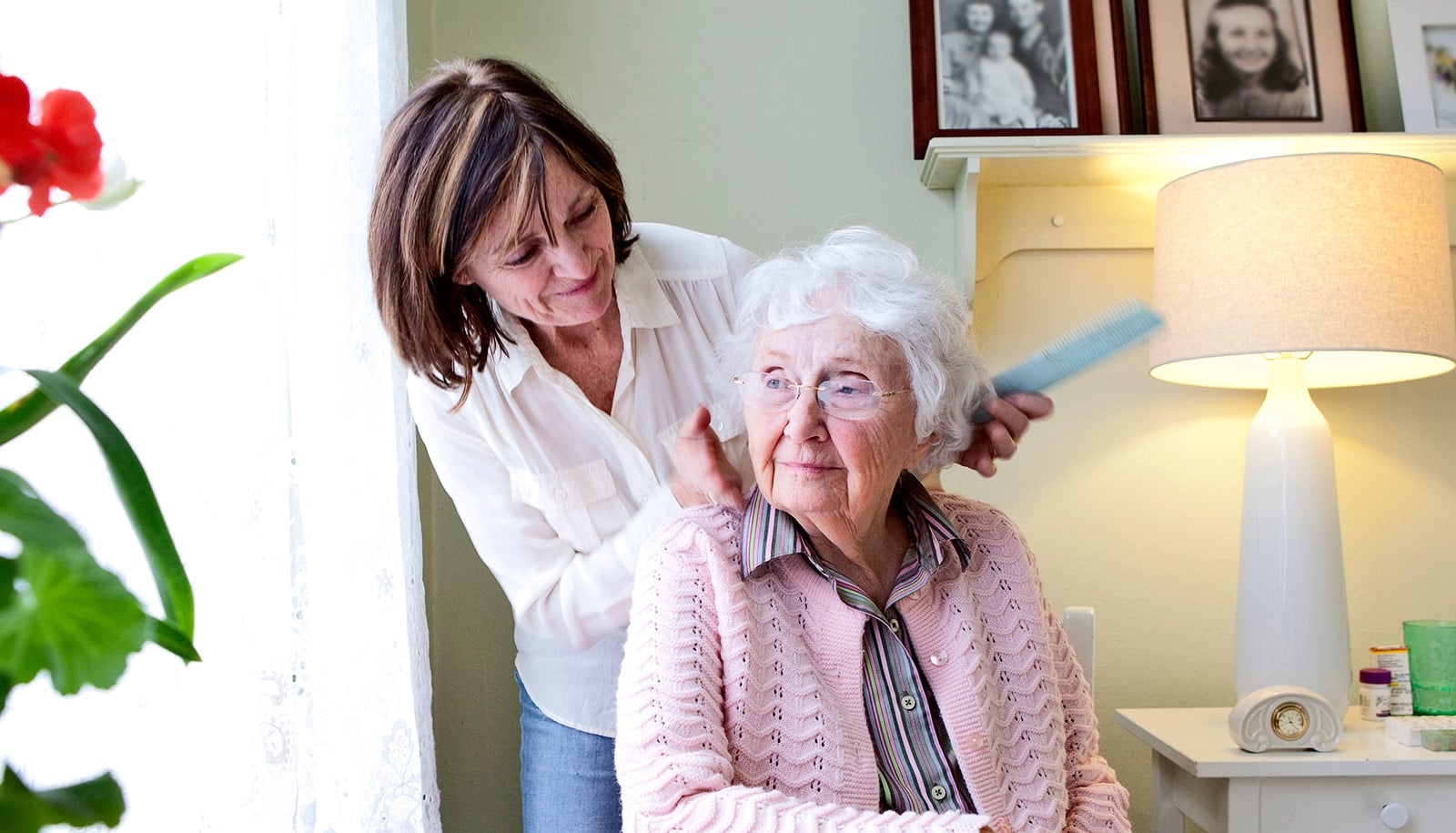To end the year, we’re counting down the top 10 most popular Futurity posts of 2023.
Thank you so much for reading the site this year. We hope you found research that was useful, surprising, fun, or informative.
Here are the top 10 Futurity posts of 2023:
10. Survey: Half of Tinder users don’t want a date
“We call them dating apps, but they’re clearly serving other functions besides dating,” says Elias Aboujaoude, clinical professor of psychiatry and behavioral sciences at Stanford University School of Medicine.
9. Remembering events can trigger brain oscillations
“Being able to directly compare the oscillations that were present during the original experience, and during a later retrieval of that, is a huge step forward in the field in terms of designing new experiments and understanding the neural basis of memory,” says Sarah Seger, a graduate student in the neuroscience department at the University of Arizona.
8. 450M-year-old organism comes back to life in robot form
Using fossil evidence, researchers from Carnegie Mellon University engineered a soft robotic replica of pleurocystitids, a marine organism that existed nearly 450 million years ago.
7. Women around the world are avoiding marriage
A 2023 book chronicles the subtle ways in which women are “protagonists in moving the needle on marriage around the world,” says coeditor Joanna Davidson, associate professor of anthropology at Boston University. “It opens up the question, what are they opting out of, and what are they opting back into?”
6. Team finds sustainable alternative to air conditioning
“We found we could maintain air temperatures several degrees below the prevailing ambient temperature, and several degrees more below a reference ‘gold standard’ for passive cooling,” says Remy Fortin, PhD candidate at the Peter Guo-hua Fu School of Architecture at McGill University. “We did this without sacrificing healthy ventilation air changes.”
5. Chemical from common sweetener breaks up DNA
“In short, we found that sucralose-6-acetate is genotoxic, and that it effectively broke up DNA in cells that were exposed to the chemical,” says Susan Schiffman, an adjunct professor in the joint department of biomedical engineering at North Carolina State University and the University of North Carolina at Chapel Hill.
4. Herbicide may be cause of kidney disease epidemic
Researchers from Texas A&M University may have solved the mystery of what’s behind a kidney disease epidemic occurring in Central America.
3. Wild turkey discovery upends conventional wisdom
Precipitation levels during nesting season are not related to reproductive success for wild turkeys, according to a study from North Carolina State University.
2. Newfound antibodies neutralize all COVID variants, other viruses
“This work provides encouraging evidence that pan-coronavirus vaccines are possible if they can ‘educate’ the human immune system in the right way,” says Wang Linfa, a bat virus expert from Duke-NUS.
1. Fragrance at night boosts older adults’ memory
When neuroscientists exposed older adults to a fragrance for two hours every night for six months, they reaped a 226% increase in cognitive capacity compared to the control group, according to a study from the University of California, Irvine.
Thank you again for reading Futurity. Come back in 2024 for more fascinating and useful research news!
-The Futurity Team










